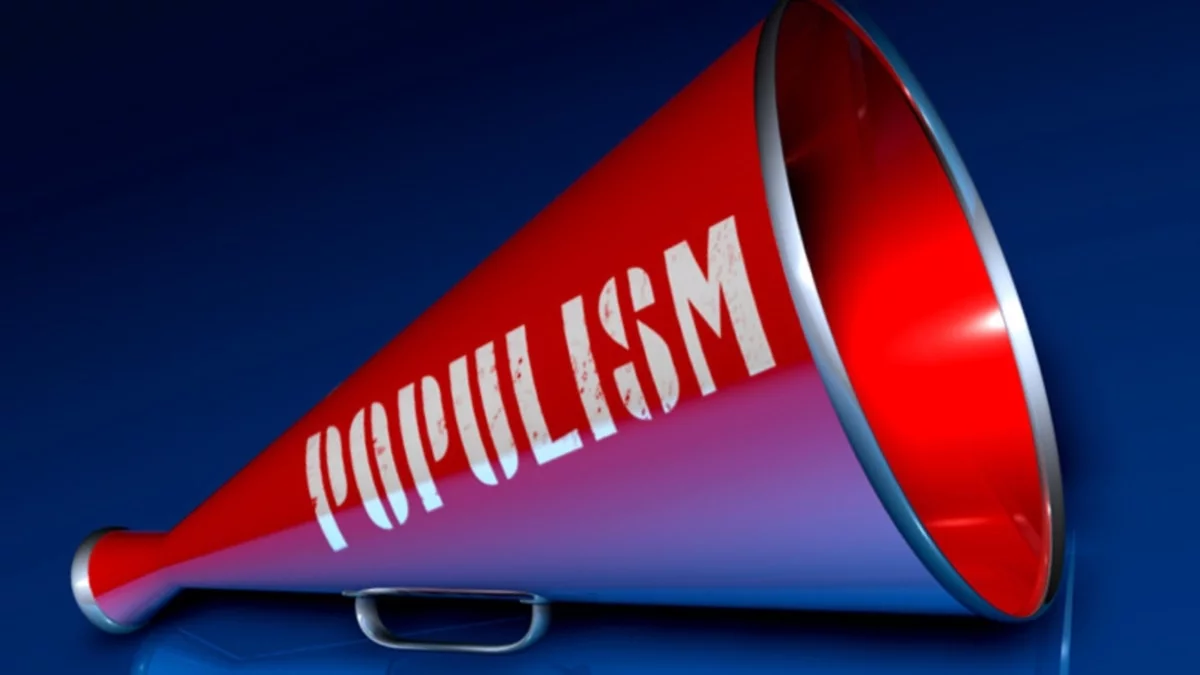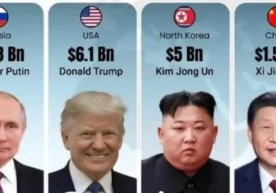
In recent decades, the influence of populists in Western Europe and the United States has been steadily growing. Their emergence as a major political force has a serious impact on global stability. So, who are the populists? Political scientist Kamoliddin Rabbimov discussed this in his column on Kun.uz.
“Populist” is a word originally derived from Latin and has a positive meaning of “people-oriented”. However, in today's political context, this term is mainly used in a negative sense, in relation to individuals and political forces of a certain orientation.
Populists have a number of important characteristics and distinctive features. They have two dichotomies. A dichotomy is a mutually dependent opposition. For example, "black and white", "good and evil". So, the first dichotomy characteristic of populists is "people and power".
Populists always criticize the current governments, traditional political parties mercilessly and often without reason, saying that "the authorities, the elite, the ruling parties have lost their footing", explaining the problems in society only by the fact that those governments "do not work at all", "have gone crazy". In this way, populists manipulate political situations by simplifying them, taking advantage of the relative simplicity of the people.
The second dichotomy characteristic of populists is "us and them", "ours and others", "ours and strangers". For populists, the "face of the enemy", the "image of the enemy" play an important role. They associate the problems, difficulties and suffering of ordinary people with the image of an enemy. And the enemy can be, in addition to the political elite, migrants and emigrants, Muslims or representatives of other religions and nationalities, international organizations.
For example, for most populists in the countries of the European Union, the main “enemies” are labor migrants, including Muslims, the European Union and its organizations. That is, populists divide the societies in which they live into two: our own people, who have been historically formed, and others who have entered later, increasing in number... That is why, for populists, citizenship is not a fundamental recognized institution. For example, the National Rally party led by Marine Le Pen in France is considered Islamophobic and considers many Arabs and Muslims in this country to be “second-class” citizens.
So, what is the difference between right-wing and left-wing populists? Yes, populists are divided into "right" and "left". First, let's distinguish between right and left. If political forces focus on "identity", divide people, and identity is based on division, then they are right-wing populists. For example, Trump is a right-wing populist, for whom white Americans, Anglo-Saxons, are the most important population group. Or, for Marine Le Pen, white, traditional and historically formed ethnic French people come first. Similarly, Netanyahu and his cabinet are also right-wing nationalists.
For the left, the most important value is equality. Left-wing populists strongly criticize the government, the political and economic elite, and the wealthy class in order to achieve equality in society.
One of the most important concepts in democratic states is pluralism. Societies are always formed from diversity. Various nationalities, religions, interests, political views, etc. The main difference between right-wing and left-wing populists is around this pluralism. Right-wing populists deny pluralism, consider it dangerous, and reject multiculturalism, that is, multiculturalism. Left-wing populists say that "not only should there be multiculturalism in our society, but we should also protect various minorities more strongly."
If we look at today's Western Europe and the USA, mainly right-wing populists, that is, nationalist, xenophobic, and Islamophobic populists, are gaining strength. Read “Zamin” on Telegram!
Ctrl
Enter
Found a mistake?
Select the phrase and press Ctrl+Enter Related news
Information
Users of Меҳмон are not allowed to comment this publication.
Users of Меҳмон are not allowed to comment this publication.














